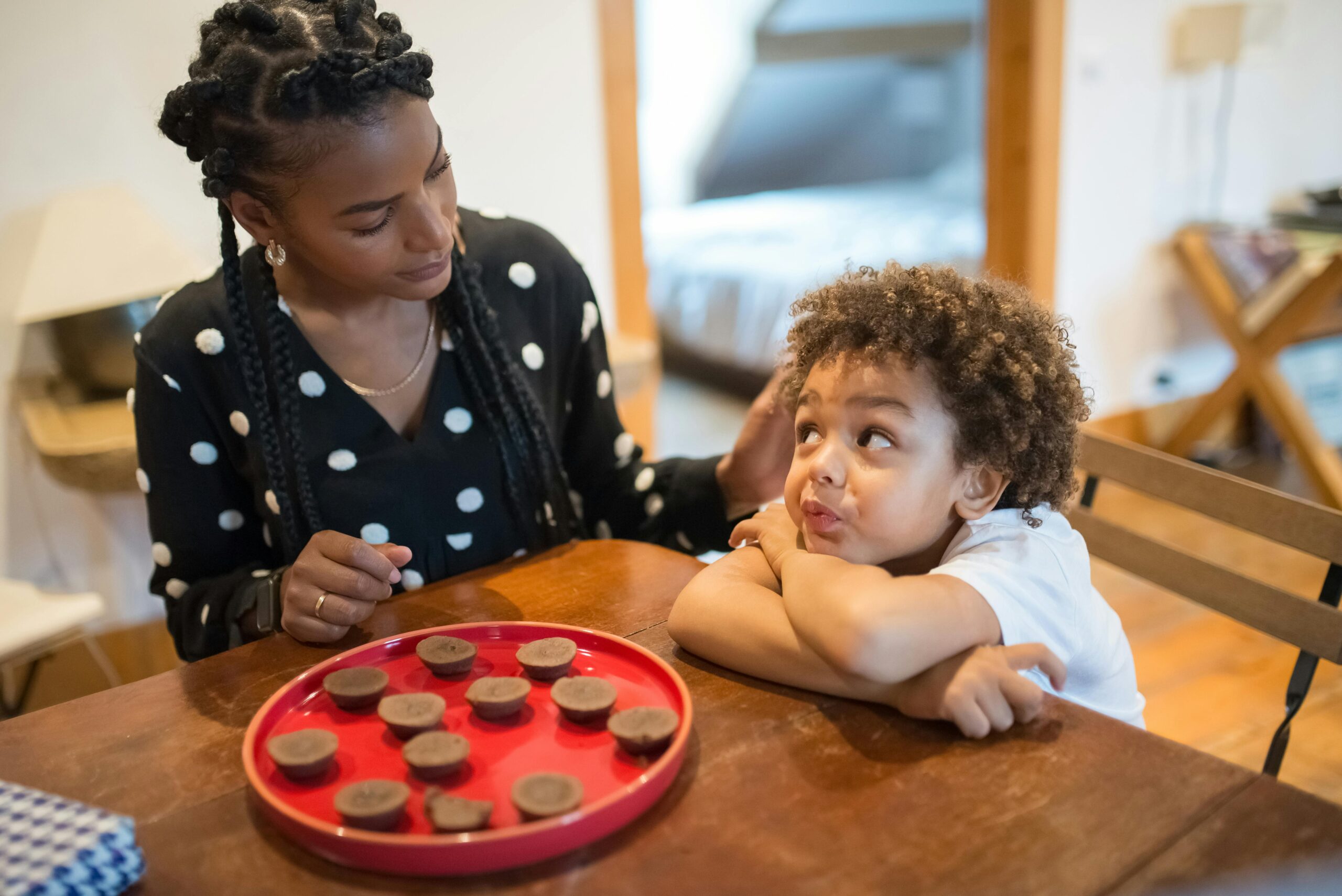The doorbell rings and you go to grab parcels from the delivery guy. Your four-year-old looks up from his puzzle and asks, “Mamma, did I also come from Amazon? You are stumped. “No way, baby. You came from my tummy,” you answer, feeling proud of yourself for the straight talk. “Who put me in your tummy then?” your son asks. What should you say now? You can’t point at Daddy — imagine the questions that will follow if you do.
Kids are curious and it is natural for them to wonder where they came from. For generations, this innocent query has been met with evasion, half-truths, or outright myths from parents who squirm, blush, and scramble for distractions. But in our rapidly evolving world, it’s time we reconsidered our approach. Answering this question is an opportunity, not a challenge to be avoided. While it might be tempting to provide a whimsical explanation about storks or God’s gift, not answering your children with reliable answers can lead to the following issues.
Misinformation:-
Children might seek answers from unreliable sources, leading to misconceptions or misunderstandings about reproduction and sexuality.
Shame:-
If the topic is treated as a taboo, kids may develop feelings of shame about their body or may be embarrassed to express their natural curiosity.
Lack of Trust:-
Children may feel that adults are unreliable sources of information if they sense evasion or dishonesty.
What you can do is give age-appropriate answers. Here are some broad guidelines to help you. Remember, every child is unique, so adjust your explanation based on their level of understanding and curiosity.
UNDER SIX YEARS:-
Keep it simple and concrete for two to four-year old. You might say, “Babies grow in a special place inside their mother’s body called a womb or uterus. When they’re ready, they come out to join their family.” For those over four, you can add more detail and say: “Babies start as a tiny egg in the mother’s body. This egg grows into a baby in a special called the uterus. The baby grows there for nine months until it’s ready to be born.”
Be prepared for follow-up questions. If the child asks, “How does the baby come out of the mother’s body?”, you can say that when it’s time for the baby to be born, the baby slips out through a special passage called the birth canal. Sometimes, the doctor might need to help the baby come out a different way. They can make a small cut in the mom’s belly and the womb, and then carefully take the baby out. After that, they will stitch the cut back up. This is called a C-section birth.
Tell them that the important thing to remember is that the baby is growing safely inside the mom’s body until it’s ready to meet the world. The doctor and the mom work together to make sure the baby is born in the best way possible.
SEVEN TO ELEVEN-YEAR OLDS:-
At this age, you can introduce the concept of fathers. “To make a baby, a tiny egg from the mother and a tiny seed from the father join together. This happens when grown-ups love each other very much. The baby then grows in the mother’s uterus for nine months before being born.”
If you wish, you can introduce more biological terms after the age of 10: “A baby is made when a sperm cell from a man fertilizes an egg cell from a woman. This usually happens when grown-ups have a special kind of cuddle called sex. The fertilized egg then grows into a baby in the mother’s uterus.”
Kids have a very active imagination, so they may even surprise you with questions like “If I love and cuddle with my friend, will a baby come in my tummy?” or “Can you and daddy cuddle again and get me a little sister?” The possibilities are endless.
You could answer by saying, “Having a baby is something that can only happen between two grown-ups who are married. Cuddling with a friend, or even with me and your dad, won’t make a baby appear in your tummy. While it may seem like fun to have a new baby sibling, that’s not something we can just decide to do. Having a baby is a huge responsibility that requires a lot of thought and preparation and we are not sure if we are ready for it yet.”
TWELVE AND THIRTEEN-YEAR OLDS:-
Twelve and thirteen-year old are ready for more detailed biological explanations: “Babies are created through a process called reproduction. When a man and a woman have sexual intercourse, the man’s sperm can fertilize the woman’s egg. If this happens, the fertilized egg attaches to the wall of the uterus and develops into a baby over nine months.”
“This is how a new human life is created through the reproductive process between two consenting adults.”
TEENAGERS:-
Teens are ready for complete, factual information about reproduction, including discussion about contraception, consent, and the emotional aspects of sexual relationships.
The key is to address the question when it arises; don’t brush it off. If the question isn’t asked; bring up the topic yourself and provide the information, because every child is curious about this. Some are shy to ask the question. If you don’t initiate the conversation, they might turn to friends or the internet to satisfy their curiosity which can lead to misunderstandings or misinformation.
By providing the right answer, we can equip our children with knowledge, foster trust, and set the stage for open communication about important life topics. In a world where information is abundant but not always accurate, being a reliable source of truth for our children is more crucial than ever.
KEEP THESE PRINCIPLES IN MIND:-
- Be honest – Use correct terminology and provide factual information.
- Keep it simple – Answer the question asked without overwhelming them with information.
- Be open to follow-up questions – Let them know it’s okay to ask more questions later.
- Use everyday moments – Look for natural opportunities to discuss these topics.
- Stay calm and matter-of-fact – Your attitude will influence how they perceive the information.





